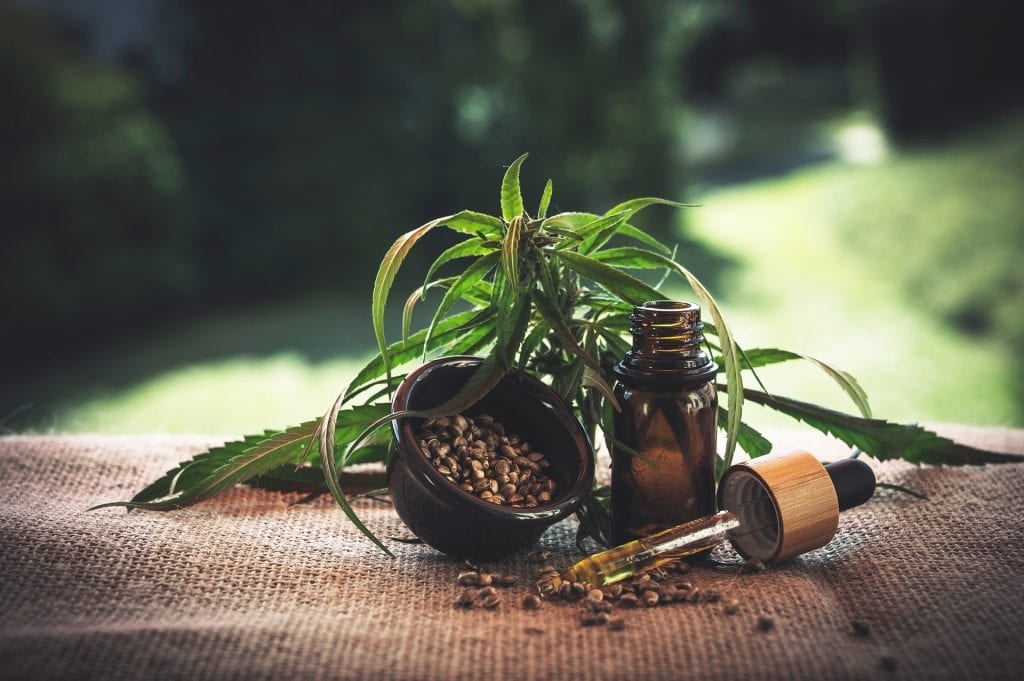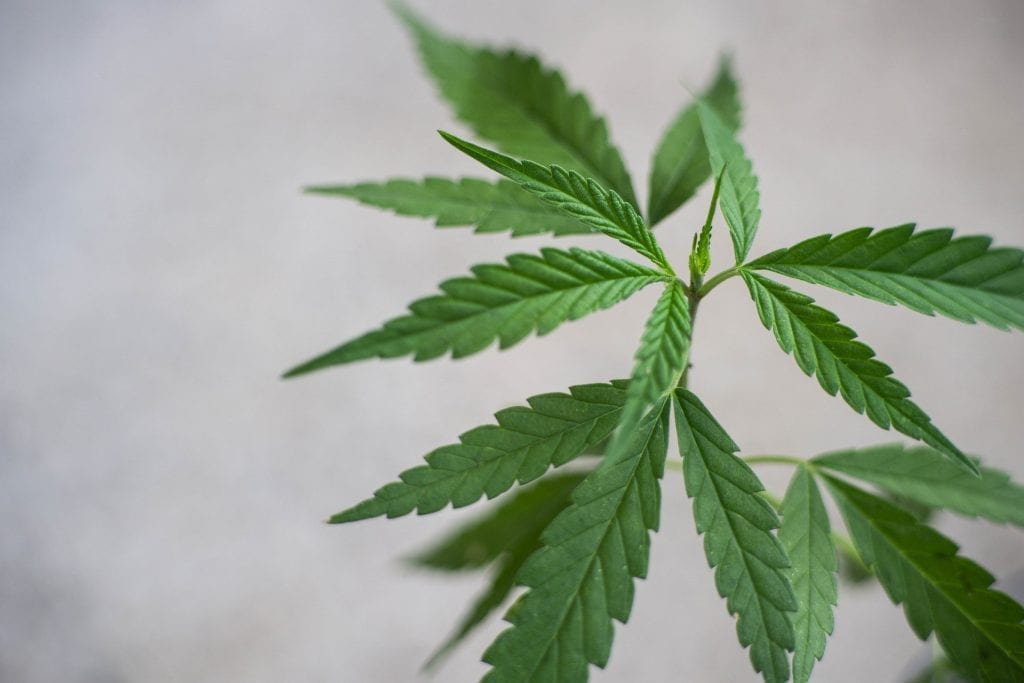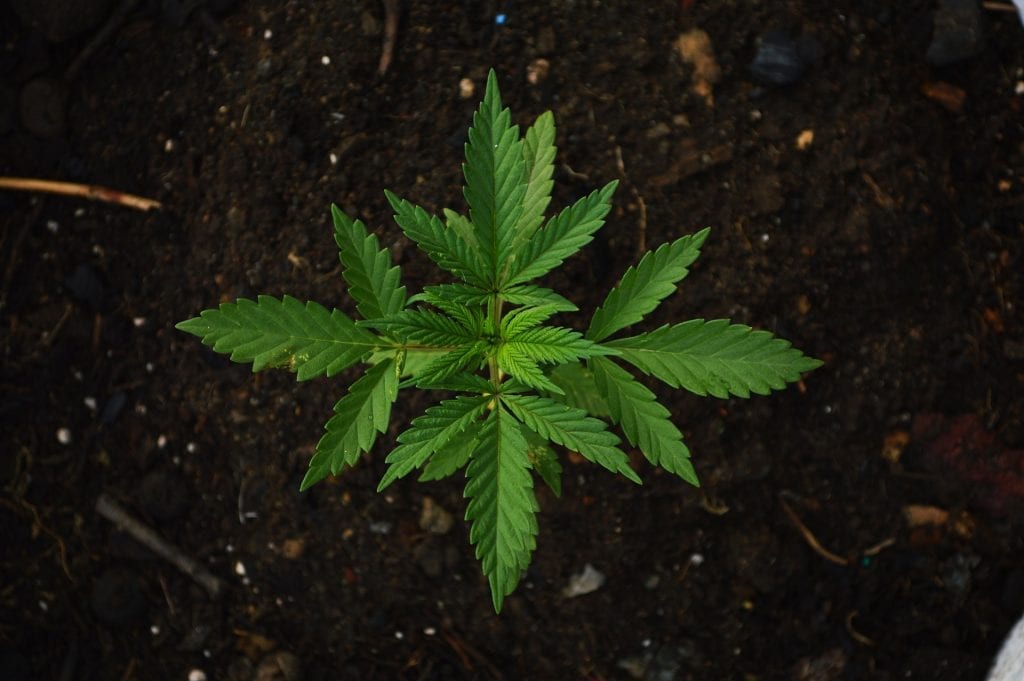Do you grow cannabis plants at home? Have you noticed dark brown spots on some of the leaves? Are you confused about what could be causing these symptoms in your cannabis plant? If yes, then we have all the answers for you.
Since cannabis plants require a lot of care, you have to keep an eye on crucial nutrients deficiencies that could potentially harm their growth. One of the major ones includes a phosphorus deficiency that could result in a wide range of symptoms.
All plants require phosphorus for photosynthesis, and hence, it is necessary for your plant’s overall healthy growth. However, most often, phosphorus deficiency develops during the flowering or budding stage of a cannabis plant.
In this article, we will help you recognize phosphorus deficiency cannabis, highlight its importance, and offer you solutions to your problem. Keep reading to learn more.
Why Does Your Cannabis Plant Need Phosphorus?
Phosphorus is one of the three significant elements, N-P-K, included in all of the best fertilizers. With its concentration labeled second on the nutrient bottles, it is no wonder that phosphorus is essential for plants’ growth.
Although cannabis plants require it during all growth stages, phosphorus is exceptionally vital in the budding or flowering stage. It helps in the healthy growth of the plant and helps them mature by converting energy via photosynthesis and making essential proteins.
Besides this, you need phosphorus to stimulate root development, healthy stem growth, boosting flower formation, and improve seed production. It even assists during the germination and reproductive phases of the cannabis plant to help you get the best crops.
Overall, your cannabis plant will suffer massively in a phosphorus deficiency, affecting both the quality and quantity of your yield.
How Do You Recognize a Phosphorus Deficiency in Your Cannabis Plants?
Growing cannabis is not an easy feat at all. Not only do you require an adequate amount of light, water, and optimum temperature, but you also have to keep a very close eye on any nutritional deficiencies.
If your cannabis plant suffers from any deficiency, it will start showing the related symptoms on the leaves, stems, roots, and even the buds. Similarly, phosphorus deficiency is easily recognizable owing to its characteristic symptoms on different parts of the plant.
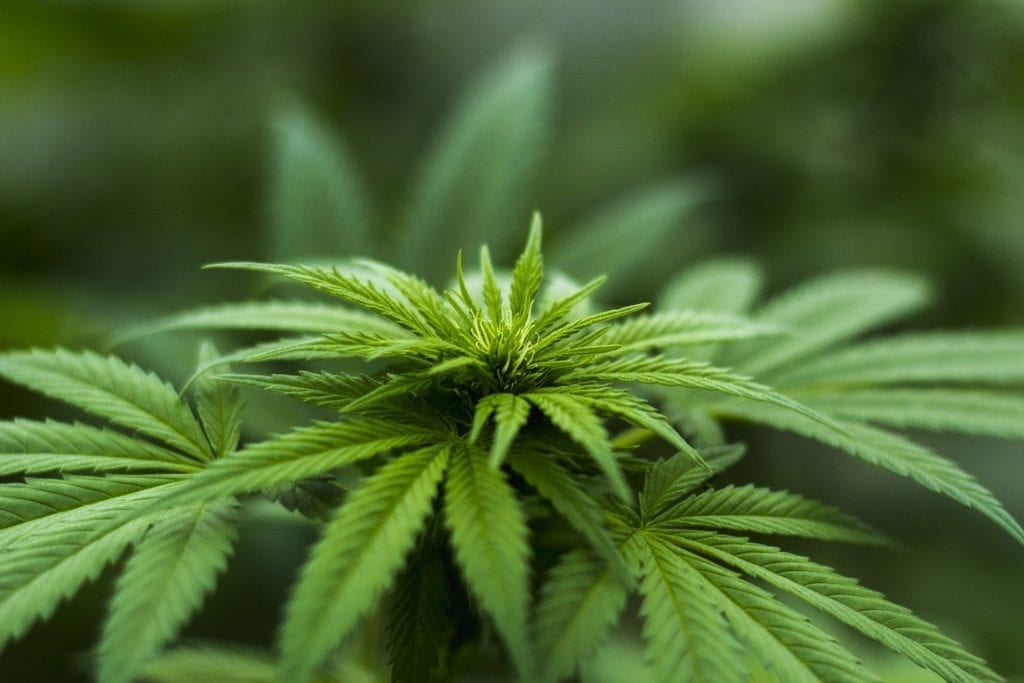
Keep in mind that plants requiring a low-light environment do not commonly acquire a phosphorus deficiency. In contrast, plants exposed to strong lights have a higher rate of photosynthesis and more phosphorus for their biological process.
If your plant is not showing any symptoms, the phosphorus levels in the soil are most probably sufficient. To help you recognize phosphorus deficiency cannabis plants, we have listed some of the most common symptoms.
Signs of Phosphorus Deficiency in Marijuana Plants
There are many signs and symptoms of a phosphorus deficiency in a cannabis plant. The growth of your cannabis plants slows down, and new leaves are much smaller.
The initial sign, meanwhile, is seen on the older leaves at the bottom of the plants. These leaves are affected first, and the symptoms climb upwards towards newer leaves.
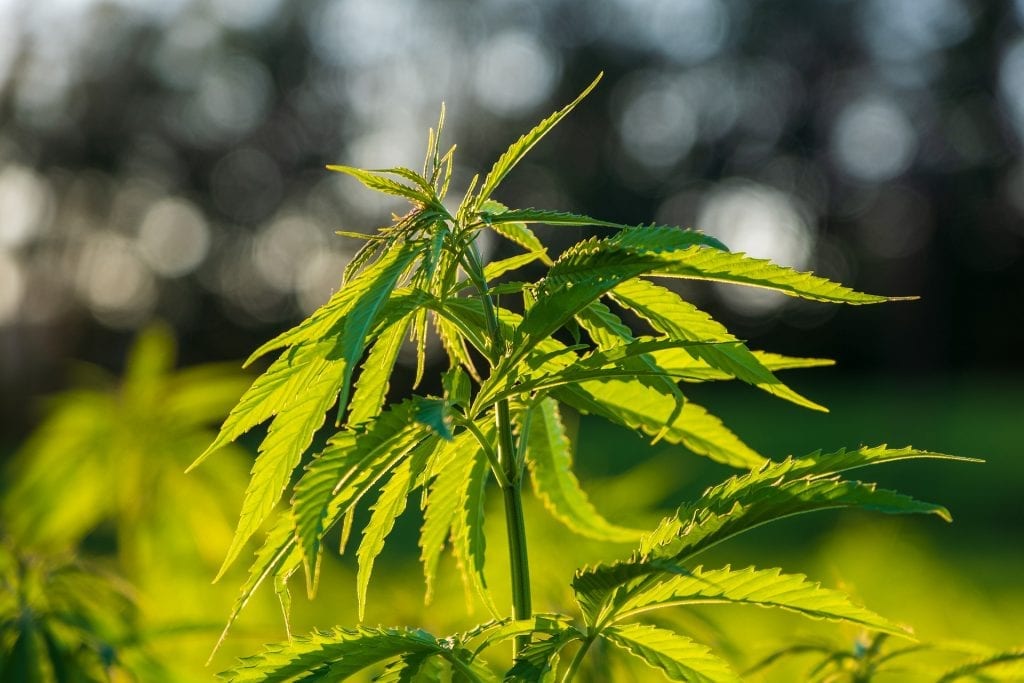
The older leaves change into a darker green, grey, or blue color with a shiny appearance. They start thickening and form bronze or brown colored spots on the lower leaves. Moreover, the leaves closest to the plant’s base turn yellow where the spots are not present.
Besides the change in color, the leaves twist and curl from edges, giving you mosaic-patterned leaves from the bottom. Next, the tips start burning, and the older leaves fall off from the plant.
Moving on to the rest of the plant, the roots, stems, and cannabis seeds are affected as well. Spreading from bottom to the top, the stem and petioles change their color to red and purple.
Since a few cannabis strains are naturally reddish-purple, differentiating the deficiency can be tricky and varies from strain to strain.
Overall, the new growth of the cannabis plant is stunted, slow, and abnormal in nature. If the phosphorus deficiency develops during the flowering stage, your yield will get seriously affected. The seeds will not mature properly, the buds do not fatten up, and the roots start rotting.
Keeping in mind that the leaves exposed to strong lights have a higher rate of photosynthesis, they use up more phosphorus and develop phosphorus deficiency faster. Hence, if only the exposed part of your plant shows these symptoms, it is most definitely due to a phosphorus deficiency.
How to Fix Phosphorus Deficiency in Cannabis Plants?
Now that we can recognize cannabis plants showing signs of phosphorus deficiency, how do we remedy this problem? What is causing the deficiency in the first place?
If you feed your plant with the correct N-P-K cannabis fertilizer, then the phosphorus deficiency should generally not develop. They have more than enough nutrients for your plant’s healthy growth, and the problem lies someplace else.
Keep reading to learn more about the most common problems and their solutions.
PH Level
Most often, the reason behind phosphorus deficiency cannabis lies in the pH level of the soil or water. Since cannabis grows properly in a small window of pH, any change in its value can affect the absorption of phosphorus adversely.
The ideal pH for a cannabis plant to absorb phosphorus is 6.2 to 7.0 in a soil medium, and around 5.5 to 6.2 for hydroponic plants. Therefore, in the case of phosphorus deficiency symptoms on your plant, you must first check the pH around the roots.
The change in pH could result from a build-up of salts and nutrients around the roots. For its remedy, you have to flush the roots of the marijuana plant to attain the optimum pH level.
Just use fresh water at the required pH level to remove the excess salts from around the roots until the pH returns to normal. Top off the soil or water with the recommended dose of nutrients.
Additionally, even excess iron or zinc levels can hinder the absorption of phosphorus. Flushing with fresh water will deal with this problem too.
Keep in mind that the damaged leaves will not turn back to normal after fixing the pH. Hence, you have to keep an eye on the new leaves and check for symptoms on them.
Watering
Overwatering your cannabis plant can also sometimes lead to a phosphorus deficiency. Instead of watering frequently, it is advised to water in long intervals and ensure that the soil is completely saturated.
Remember that it is better for the plant to start wilting than to develop growing issues by overwatering them.
Temperature
The absorption of phosphorus is also dependent on the temperature of the environment. If the temperature drops below 15°C, it is more likely for your plant to undergo a phosphorus deficiency.
If you live in colder regions, make sure to surround your plants with enough grow lights to maintain an optimum temperature for their growth.
Phosphorus Content
If the pH level, water, and temperature of the environment are appropriate for your cannabis plant, then the problem lies in the amount of phosphorus in your soil.
Although cannabis fertilizers provide enough phosphorus in their recommended dosage for optimum growth, there are some instances when the level of phosphorus can drop down.
For example, if your plant is overexposed to sunlight, the photosynthesis rate is so high that they use a large amount of phosphorus. Secondly, you need to top up the soil medium with liquid mineral nutrients after flushing your roots too.
You can deal with these problems by using phosphorus-rich fertilizers. These include bloom fertilizer, bat guano, soft rock phosphate, greensand, worm tea, bone meal, crab shell, or fish meal.
Final Words
Phosphorus deficiency is one of the major nutritional deficiencies that can harm the growth and yield of marijuana plants. Since the element is used for significant biological processes, it affects the leaves, stems, roots, and even cannabis seeds.
Hence, you must learn how to recognize the symptoms and the solutions to phosphorus deficiency as soon as possible. If you manage the root cause early, you can save the plant from a lot of damage.
Hopefully, this article provides all the information necessary for the healthy growth of your cannabis plant.
Table of contents



